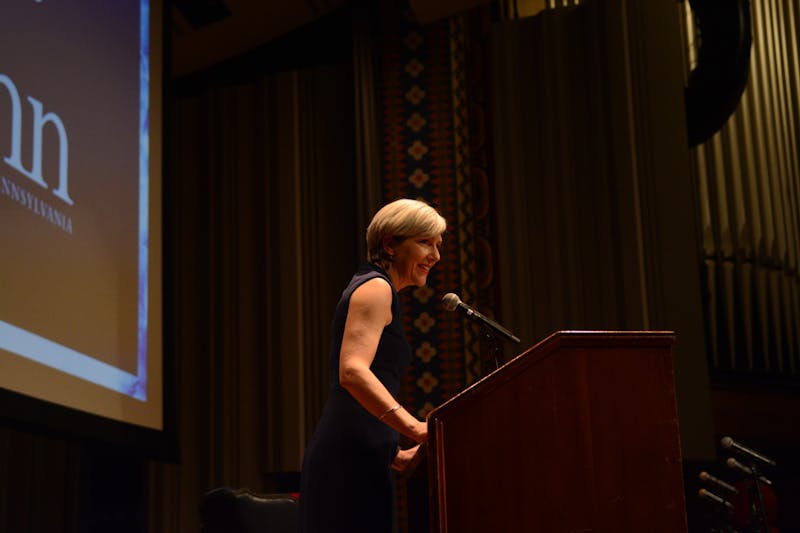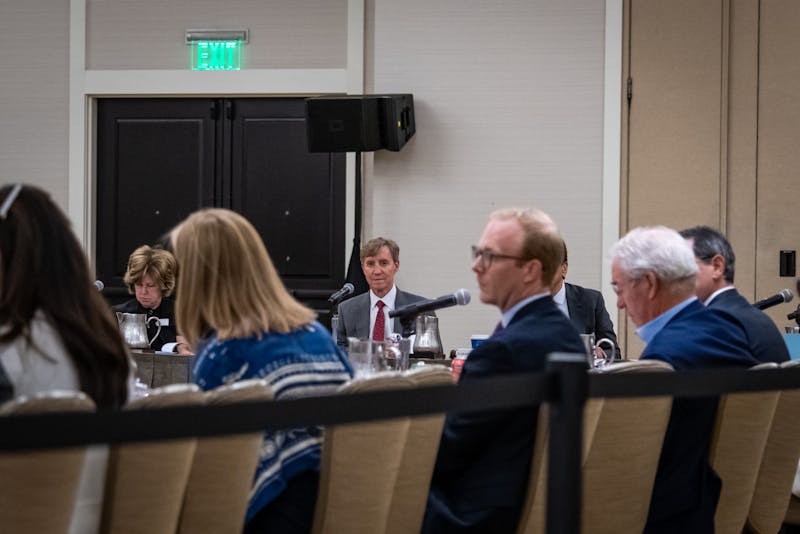The Y-Prize is back, and this time the world is invited to compete.
A joint venture between the Mack Institute at the Wharton School and the GRASP Lab at the School of Engineering and Applied Sciences, the Y-Prize is a competition that challenges contestants to create applications for three robotic technologies developed by Penn professors.
This is the second year of the competition, and unlike last year, when it was open to only Penn students, anyone in the world can now compete. This is because of Y-Prize’s partnership with Marblar, an online crowdsourcing platform where users can submit their ideas to be refined into an actual product by an online community.
The Y-Prize will consists of two rounds, a research stage which is going on now and a development stage in December. Teams with the most promising ideas from the research stage with be selected to enter the development stage, when they will receive money and business and technical advice to help them create a business plan, which they will then pitch to a panel of judges. The winning team will receive $5,000 and the opportunity to pitch their idea to intellectual property commercialization company IP Group.
Related: Wharton and Engineering School collaborate on Y-Prize
The University will retain 10 percent of any commercial application created through the Y-Prize.
Saikat Chaudhuri, executive director of the Mack Institute at Wharton, also sees the Y-Prize as a way to “foster more collaboration between the different schools,” as well as to “connect scholars with industry and students.”
Chaudhuri says the new partnership with Marblar this year is “tapping into a whole innovation ecosystem … it’s that platform that we’re really interested in building.”
Engineering professor Vijay Kumar’s flying robots, called quadrotors, are one of the Y-Prize technologies that groups are asked to develop applications for. Notable for their agility and ability to cooperate with one another, the robots have a great potential for “search and rescue and first response,” Kumar said.
However, he encourages contestants to “come up with something completely different. I would love to see something that would really benefit society.”
Kumar, also one of the original founders of the Y-Prize, remembers “lamenting [about] the inefficiency of the university in commercializing technology.” This spurred the idea of the Y-Prize. “We were trying to figure out how to get the Penn community at large involved in brainstorming about ideas,” he said.
Mark Yim, faculty director of the Weiss Tech House and an Engineering professor, said that for many technologies the biggest problem is that “we don’t know what to do with them.” He cites his own work, self-reconfigurable modular robots, which is one of the three robotic technologies featured in the competition that teams are asked to apply, as an example.
“I think it’s a good integration of all the engineering majors, and it’s interdisciplinary with Wharton,” said current Y-Prize contestant Stephanie Gedal, an Engineering sophomore. “Our strategy is to have a team that is really experienced in many different facets and also to not be afraid of executing our ideas.”
Kelsey Duncombe-Smith, an Engineering junior and part of last year’s winning team, urges participants to think about the business aspect of the Y-Prize.“Make sure that you believe in your idea and that you can see yourself pursuing it beyond the competition.”
If this year’s competition is successful, Chaudhuri sees the possibility for the Y-Prize to expand even more. He suggests as example holding the Y-Prize competition more than once a year, among other changes. “There’s nothing against doing a different technology next year. Why not nanotech? Take it further.”
The Daily Pennsylvanian is an independent, student-run newspaper. Please consider making a donation to support the coverage that shapes the University. Your generosity ensures a future of strong journalism at Penn.
DonatePlease note All comments are eligible for publication in The Daily Pennsylvanian.







